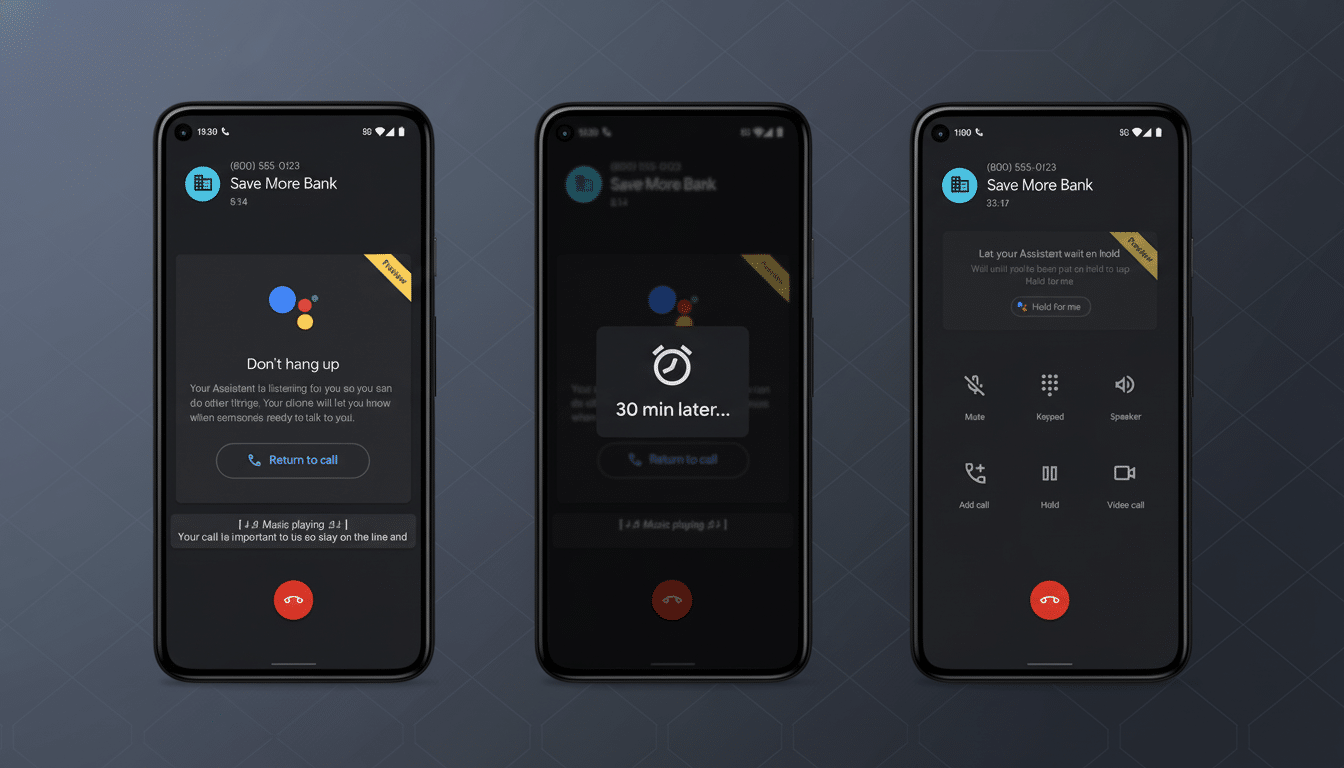I have long marveled at Google’s software know-how, but the more I think about it, the more I wish Google didn’t sell phones. Not because the Pixel is a terrible product—it’s not!—but because the platform steward is competing with its allies, and that same divided interest has shaped Android in ways that have left all too many users behind.
The Conflict at Android’s Heart: Platform Steward vs. Partners
Android runs on about seven out of 10 smartphones across the globe, according to StatCounter, but Pixels make up just a small sliver of shipments by estimates from Counterpoint Research. That’s a small slice of the pie, yet Google holds all the cards over its Android platform, wielding disproportionate power to make Pixel-first choices that put others at a disadvantage.
- The Conflict at Android’s Heart: Platform Steward vs. Partners
- AOSP and the slow creep of closed components and centralized control
- The global availability gap for Pixel features and devices
- Competition exists without Pixels in Android’s crowded market
- What Google should do instead to strengthen Android for all

Feature gating is the most obvious example: Pixel: Call Screen, Hold for Me, Recorder’s on‑device transcription (English only), more Gboard dictation support, including punctuation, and a more helpful At a Glance. Many of these aren’t dependent on unique sensors or custom silicon; they’re software advantages in service of selling hardware. When the referee is also wearing a team jersey, faith disappears.
Some of these things should be just baseline Android features. Americans lose north of $10 billion a year to fraud, according to the Federal Trade Commission, and call scams are among the oldest vectors. Truecaller has reported a huge number of spam calls received by consumers every month. As of now, strong device-level call screening and scam detection shouldn’t be a brand bonus; they should be the table stakes for an OS that powers the world’s most ubiquitous mobile devices.
The same goes for accessibility. Sophisticated voice typing and dependable live transcription could be life-changing for people with motor or hearing issues. By keeping them Pixel-only, we’re turning assistive tech into a marketing bullet point when instead it should be a platform commitment.
AOSP and the slow creep of closed components and centralized control
Android’s openness has always been a gradation, but the center of gravity keeps moving toward proprietary layers. As time has gone on, more functionality has been pushed into Google Play services and Play system updates. Project Mainline made security patching better, but it also centralized control over core parts of Android away from the AOSP.
Developers who depend on AOSP — custom ROM maintainers, researchers, and smaller OEMs — are apprehensive about the delays in source drops for quarterly platform releases. Although Google maintains that AOSP is still important, the reality on the ground is that, increasingly, when it comes to new capabilities, we first see them as closed modules or Pixel-only packages. The Linux Foundation and the Open Source Initiative constantly tell us how sharing code in a timely, transparent manner is good for the community; Android has been reaping those same benefits.

When the company controlling the platform stands to make money by locking users into feature-limited versions, there’s less incentive to push innovations upstream more rapidly. That’s not an illegality of openness — that’s a shift in culture away from it.
The global availability gap for Pixel features and devices
Pixel phones are available only in a handful of countries. In much of Africa, South Asia and Latin America there isn’t an official Google Store presence at all, and even if you can source imported devices, regional restrictions or server-side switches may mean that some features are missing. That is, whole populations can’t get Google’s best Android experience at any cost.
Android’s promise has always been ubiquity: many brands, many price points and one platform. When Google saves safety, accessibility and quality-of-life features for its own phones — and restricts those phones from vast markets — it breaks that promise. The result is a two-tier Android in which billions get less.
Competition exists without Pixels in Android’s crowded market
Android vendors already compete ferociously. Samsung, Xiaomi, OnePlus and Motorola press camera hardware, charging speeds, foldable form factors and continued support. Update policies have gotten better across the board — Samsung and Google now claim up to seven years for certain flagships, while other OEMs are going five or more. It’s not that there is a dearth of innovative ideas in the market, but instead that we lack a vendor who controls the neutral platform, driving those shared features to everyone quickly.
If Google focused on Android-as-a-service—security, privacy, safety, accessibility and developer tooling—instead of Pixel upsell, the baseline experience across hundreds of millions of non-Pixel users would increase overnight.
What Google should do instead to strengthen Android for all
- Time-limit exclusives. If a feature isn’t based on some hardware magic that exists only on the phone, make Pixel-first a marketing window, not a moat: six to twelve months, then put it in AOSP or Play and get it out to all certified devices.
- Categorize safety and access tools as a platform feature. At launch, call screening, fraud alerts, voice typing with advanced recognition capabilities and battery health measurement should be available widely. These are public-good capabilities.
- Post AOSP schedules to cover the predictable timing for quarterly and feature releases. Give a clear time frame yourself for OEMs, custom ROM communities and researchers to work from (and then STICK TO IT). Transparency is the cure for fragmentation and trust.
- Consider Pixel as a reference device, not a walled garden. Model what’s possible, then upstream it fast. Extend official device access where possible, and where not, avoid server-side feature locks penalizing users outside of core markets.
I don’t dislike Pixel phones. I loathe what their existence promotes: a platform holder subtly encouraged to favor its hardware over its ecosystem. If Google didn’t produce phones, Android might be more open, more consistent and fairer. That’s the Android the world signed up for — and still deserves.

